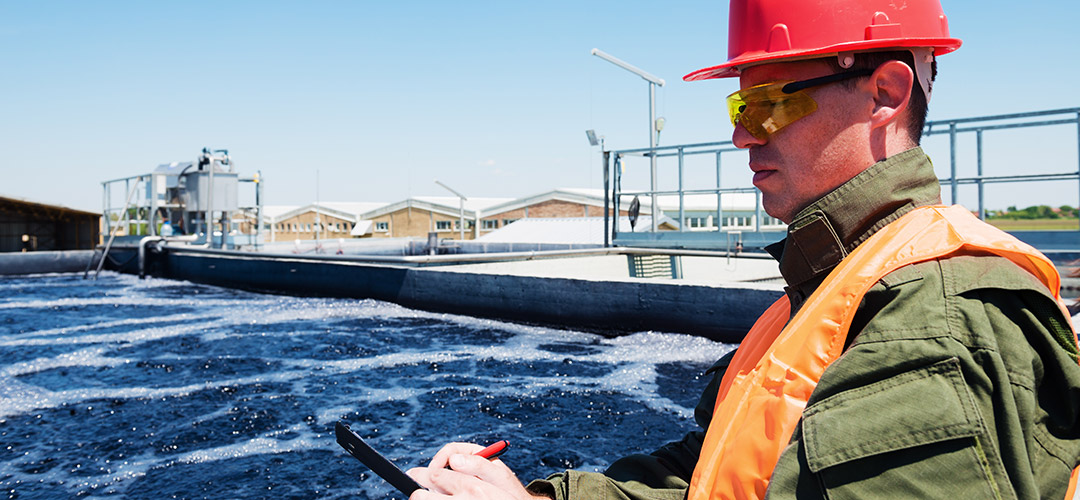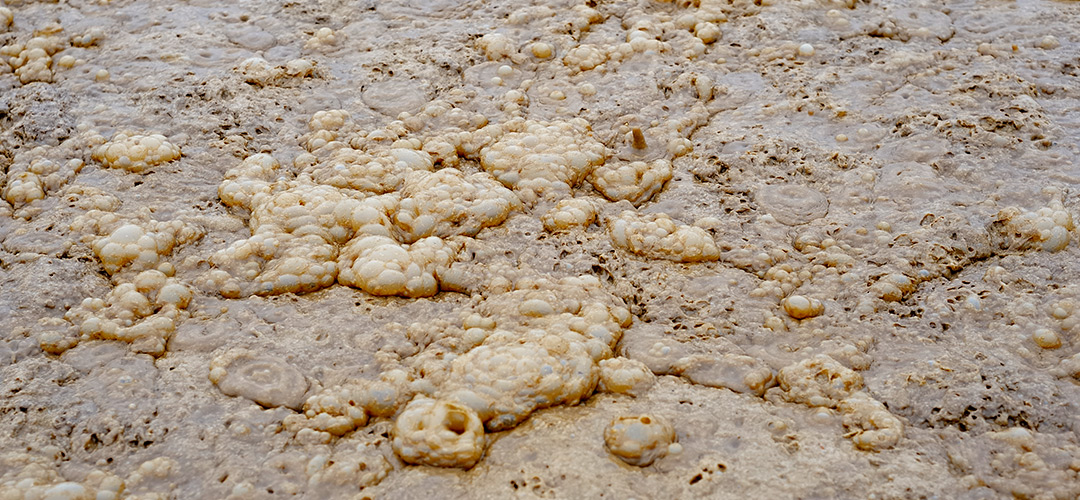Cost Savings Add Up with Neo WaterFX
As a wastewater utility, you are acutely aware of your dual responsibilities.
You have a legal obligation to meet your permit limits and to protect the environment by ensuring your effluent does not degrade your receiving stream. In addition, you have an ethical obligation to ensure that your services remain affordable for your community.

Cost Savings In Removing Phosphorus From Wastewater
Removing phosphorus from your wastewater can add significantly to your costs. Not only is there the cost for your coagulant, but the choice of coagulant cascades into many other costs. The coagulant creates chemical sludge, adding to sludge costs. It can also make dewatering more difficult, adding to polymer costs and leaving a wetter cake, resulting in higher sludge disposal costs. For traditional coagulants, there can be substantial costs for pH adjustment, as these coagulants reduce alkalinity far below the range for optimal biological treatment
But just as the choice of a traditional coagulant can substantially drive-up P-removal costs, choosing Neo WaterFX can add up to substantial cost savings. These cost savings are from three characteristics of WaterFX’s unique lanthanide-based chemistry:
- Strong attraction and bonding with P for lower coagulant feed requirements,
- Higher pH, which, with lower feed rates, combine for lower pH impact on your operations, and
- Crystalline precipitate with P, for more efficient dewatering and a drier cake.
How Neo WaterFX Lowers Sludge Treatment and Disposal Costs
- Less chemical sludge produced. WaterFX bonds strongly with Pat a 1:1 molar ratio to effectively remove P to low effluent levels with less coagulant feed. Traditional coagulants require a 3:1 up to a 10:1 molar ratio, making substantially more chemical sludge, which requires dewatering.
- Less bound water in the sludge for drier cake and lower disposal costs. WaterFX forms a crystal with P that does not retain water. By comparison, the floc formed by traditional coagulants binds water within the floc structure, making dewatering slower and producing a cake with significantly higher water content. With WaterFX, a denser starting sludge makes for easier dewatering and a drier cake for disposal.
- Dewatering can go faster for energy savings. Since WaterFX sludge dewaters so much easier, belt filter or centrifuge runs can often be reduced, saving energy. Some clients have eliminated days of dewatering from their process schedules.

Lower Chemical Costs
- Reduce to eliminate your pH adjustment feed. Traditional coagulants have an exceptionally low pH and because they require more volume to achieve results, they drive pH incredibly low, well below the optimum level for biological treatment. Restoring biological treatment conditions requires pH adjustment, usually with caustic feeds, to increase the pH to the level required for biological waste processes, particularly nitrification and denitrification. WaterFX has a much higher pH and, with the lower feed rate, adds 100 to 1000 times less acidity to your wastewater. Clients can dramatically reduce their caustic feed and in some cases eliminate it all together.
- Reduce polymer for dewatering. Since sludge formed with WaterFX is easier to dewater, without the bound water created by traditional coagulants, polymer feeds can be reduced, not only reducing chemical costs but reducing the polymer in the final sludge cake for reduced disposal costs.
Lower capital costs
- Smaller tanks, smaller feed pumps. Because WaterFX has a much lower feed required feed rate that traditional coagulants, you can use smaller, less expensive tanks and pumps. If you are already feeding traditional coagulants, your existing tanks and pumps can usually be used (after cleaning well), for no additional capital.
- Do you even need that caustic feed system? If you are just starting phosphorus removal in your plant, you can also evaluate other needs such as caustic tanks and pumping systems, to determine if these are needed, and if so, whether a smaller size can be used.
Depending upon your treatment processes, you will see other advantages with Neo WaterFX:
- Better clarifier operations with no algal growth on weirs, eliminating scrubbing.
- For membrane plants, like MBRs, reduced fouling resulting in reduced cleaning requirements and longer membrane life.
- Reduced maintenance due to reduced corrosivity.
- Increased safety from less corrosive, non-toxic WaterFX, as well as reduced chemical shipments and less overall chemical exposure.
Is Neo Water right for YOUR wastewater facility?
Every wastewater treatment plant is unique. The engineers at Neo Water Treatment can help you determine whether WaterFX will save YOU money. They can evaluate your influent phosphorus (including types of P), your effluent limit, the current treatment processes, chemical costs, sludge treatment and disposal costs and see if significant cost savings are likely. If your plant looks like a good fit, you can get additional proof through a pilot test to see exactly how WaterFX works on your wastewater and quantify your savings.
Contact Neo Water Treatment to Start Saving
Contact us for a no obligation assessment https://neowatertreatment.com/contact/ and start saving on phosphorus treatment. The cost savings can really add up.
